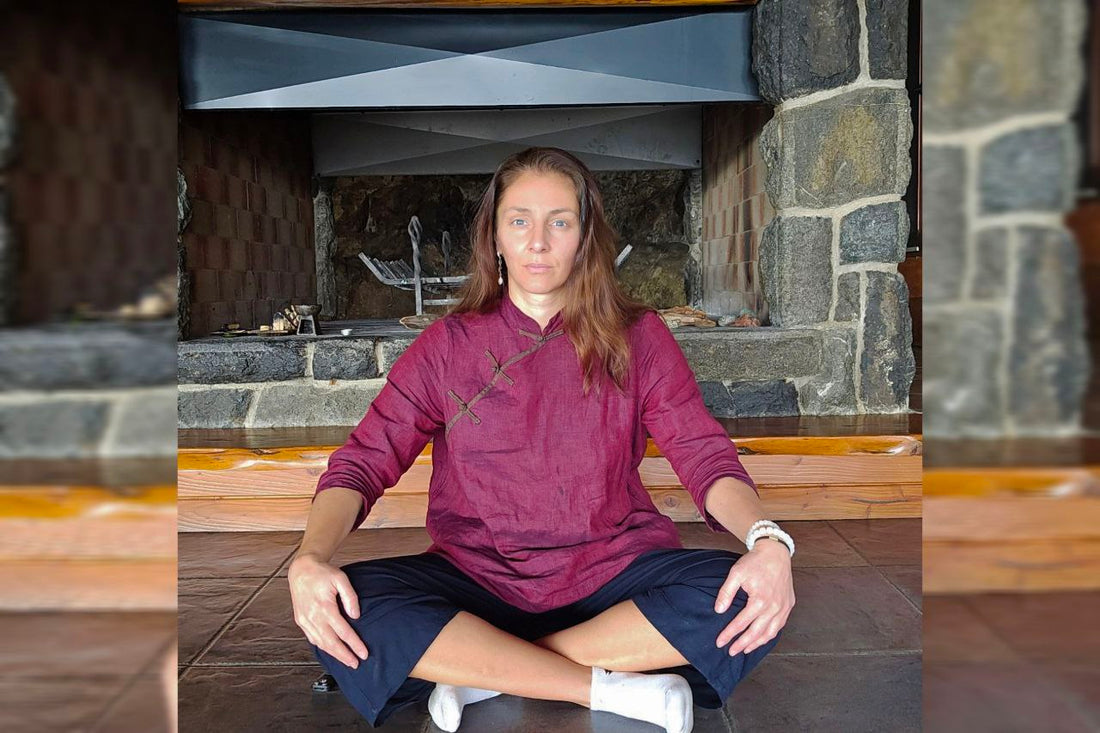
4 Levels of Movement Practices
“Movement is life,” as one of the greats once said. But let’s not forget—not all movement is the same. Most of the movements people make today are unconscious.
What does that mean? It means we move by inertia—our awareness does not track how our body moves. Yes, the brain coordinates so we don’t fall or bump into corners, but that is not conscious movement.
When one begins movement practice, they inevitably bring their usual unconscious patterns into the practice. It is naïve to expect that simply coming to class will change how we move. As a result, lack of awareness in movement is common among beginners.
In static practices, it’s easier to track body alignment because we remain in one posture and inertia is minimal. But in dynamic practices, the mind is more easily distracted—since we must track not just bodily positions, but also their transitions.
In static work, we pay attention to the feet, pelvis, spine, and especially the tilt of the neck—the structure as a whole. In movement, besides holding form, we must regulate speed, effort, and internal circulation. And when we move faster, the points of awareness increase even more—imagine doing your standing posture, but in motion.
Let’s now talk about the four levels of movement practice, from the perspective of internal circulation.
Movement gives rise to a pulse or momentum—if we master this consciously, we can move with more awareness in everyday life. That means we’ll lose less energy to inertia.
The more “saturated with awareness” our movements become, the more they can fill us with energy. Since we are constantly moving in life, this can become a steady source of inner nourishment.
4 levels
🔹 Level 1 – Trigram: ☷ Kūn (Earth)
In this level, the goal is to activate internal circulation and accumulate energy through movement.
🔹 Level 2 – Trigram: ☰ Qián (Heaven)
This level is about retention and containment. Once we learn to accumulate energy, we also learn to gather and hold it, preventing it from leaking out.
🔹 Level 3 – Trigram: ☲ Lí (Fire)
At this stage, movement follows awareness. It doesn’t run ahead of the mind, but flows with or even behind a conscious impulse.
🔹 Level 4 – Trigram: ☵ Kǎn (Water)
Here, the principle of return is realized. Energy either returns to the point of origin during movement or immediately after. This enables transformation and preservation of energy within the system.
